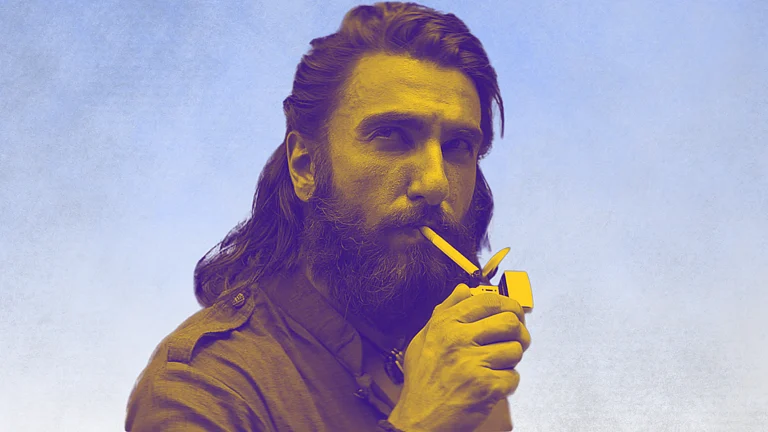Oh well, I suppose it had to happen. First, we had the CEO, the COO and the CFO. Then came the CPO (chief people officer), the CCO (chief creative officer), the CDO (chief diversity officer) and the CXO (chief experience officer). And now, people, here comes the latest addition to the C-Suite: the CBO (chief belief officer), which happens to be Devdutt Pattanaik’s slightly mystifying designation at the Future Group, where he works.
So what exactly does a chief belief officer do? Pattanaik, a medical doctor with a post-graduate diploma in comparative mythology, explains that his function is to “startle people and make them see the critical role of belief in business”. He begins by telling us the differences between the Indian way of thinking, and the Western and Chinese ways, contrasting Greek individualism, Biblical collectivism, Taoist harmony and Confucian ritualism with Indian abstraction. But that’s just the preamble. But it’s when he gets down to the nitty-gritties of business that things really start to get interesting.
Pattanaik’s essential premise is that “business is yagna”, and any successful organisation must therefore understand concepts like “As is darshan, so is guna; as is guna, so is varna; as is varna, so is svaha; as is svaha, so is tathastu”. What follows is the author’s unique five-stage business process, beginning with “Kama’s vision statement”; and proceeding through successive stages of Drishti, Divya-drishti and Darshan, to culminate in “Yama’s balancesheet”. No, this is not exactly what they teach you at Harvard Business School.
The book gives us 437 pages of insights such as: “Svaha is what a yajaman invests: goods, services and ideas. Tathastu is the return on investment: revenue in the marketplace or salary paid by the employer. It all depends on who plays the role of yajaman, who initiates the yagna. The yagna can operate both downstream, as well as upstream, so the devata can either be the buyer or the seller, the investor or the entrepreneur, the employer or employee, director or doorman”. This thought then leads on seamlessly to a description of Amravati, located in the heavens, where one encounters Kamadhenu, the wish-fulfilling cow, Kalpavriksha, the wish-fulfilling tree, and Chintamani, the wish-fulfilling jewel. I’m not sure what business thinkers like, say, Jim Collins or Richard Rumelt or Nitin Nohria, for that matter, would make of this.
In an unusual display of authorial self-deprecation, Pattanaik concludes by himself offering various possible criticisms of the book, such as, “spiritual mumbo-jumbo”; “this is too theoretical, not practical”; and “the idea is too complex and confusing”. Well, he said it, I didn’t. Reviewer’s humility.
And yet, setting my own personal cynicism aside, I confess I could be wrong in my judgement. I attended a management conference recently, where there was a galaxy of eminent speakers, from Indra Nooyi to management uber-guru, Ram Charan. Yet the one who got the loudest ovation of all was Swami Sukhabodhananda, who regaled the audience with a mixture of basic spirituality, homespun anecdotes and schoolboy humour. Going by that, something tells me that Pattanaik may have tapped an important emotional need-gap out there, and may have a bestseller on his hands. Good for him.
























